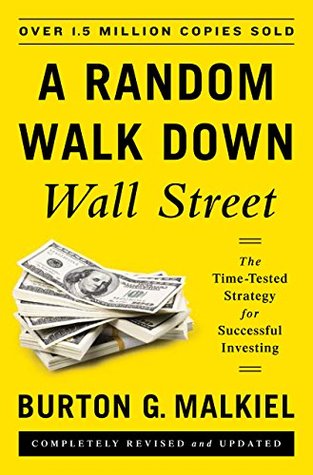Behavioral-finance theory also helps explain why many people refuse to join a 401(k) savings plan at work, even when their company matches their contributions. If one asks an employee who has become used to a particular level of take-home pay to increase his allocation to a retirement plan by one dollar, he will view the resulting deduction (even though it is less than a dollar because contributions to retirement plans are deductible from taxable income up to certain generous amounts) as a loss of current spending availability. Individuals weigh these losses much more heavily than gains. When
Behavioral-finance theory also helps explain why many people refuse to join a 401(k) savings plan at work, even when their company matches their contributions. If one asks an employee who has become used to a particular level of take-home pay to increase his allocation to a retirement plan by one dollar, he will view the resulting deduction (even though it is less than a dollar because contributions to retirement plans are deductible from taxable income up to certain generous amounts) as a loss of current spending availability. Individuals weigh these losses much more heavily than gains. When this loss aversion is coupled with the difficulty of exhibiting self-control, the ease of procrastinating, and the ease of making no changes (status quo bias), it becomes, as psychologists teach us, perfectly understandable why people tend to save too little. Two suggestions have been made to overcome people’s reluctance to save. The first is to overcome inertia and status quo bias by changing the framing of the choice. We know that if we ask employees actively to sign up for a 401(k) savings plan, many will decline to join. But if the problem is framed differently, so that one must actively “opt out” of the savings plan, participation rates will be much greater. Corporations that frame their 401(k) savings plans with an automatic enrollment feature (where a conscious decision must be made to fill out an “opt out” declaration) have far higher participation rates than do plans where em...
...more
This highlight has been truncated due to consecutive passage length restrictions.


